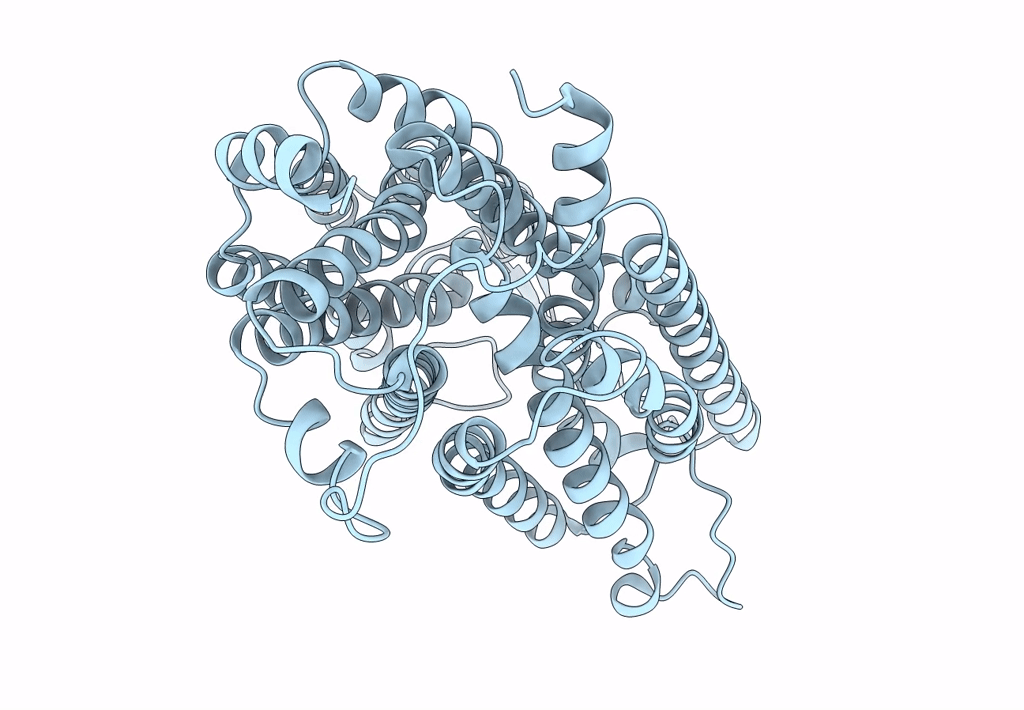
Deposition Date
2021-06-17
Release Date
2021-08-04
Last Version Date
2024-11-13
Method Details:
Experimental Method:
Resolution:
3.50 Å
Aggregation State:
PARTICLE
Reconstruction Method:
SINGLE PARTICLE


